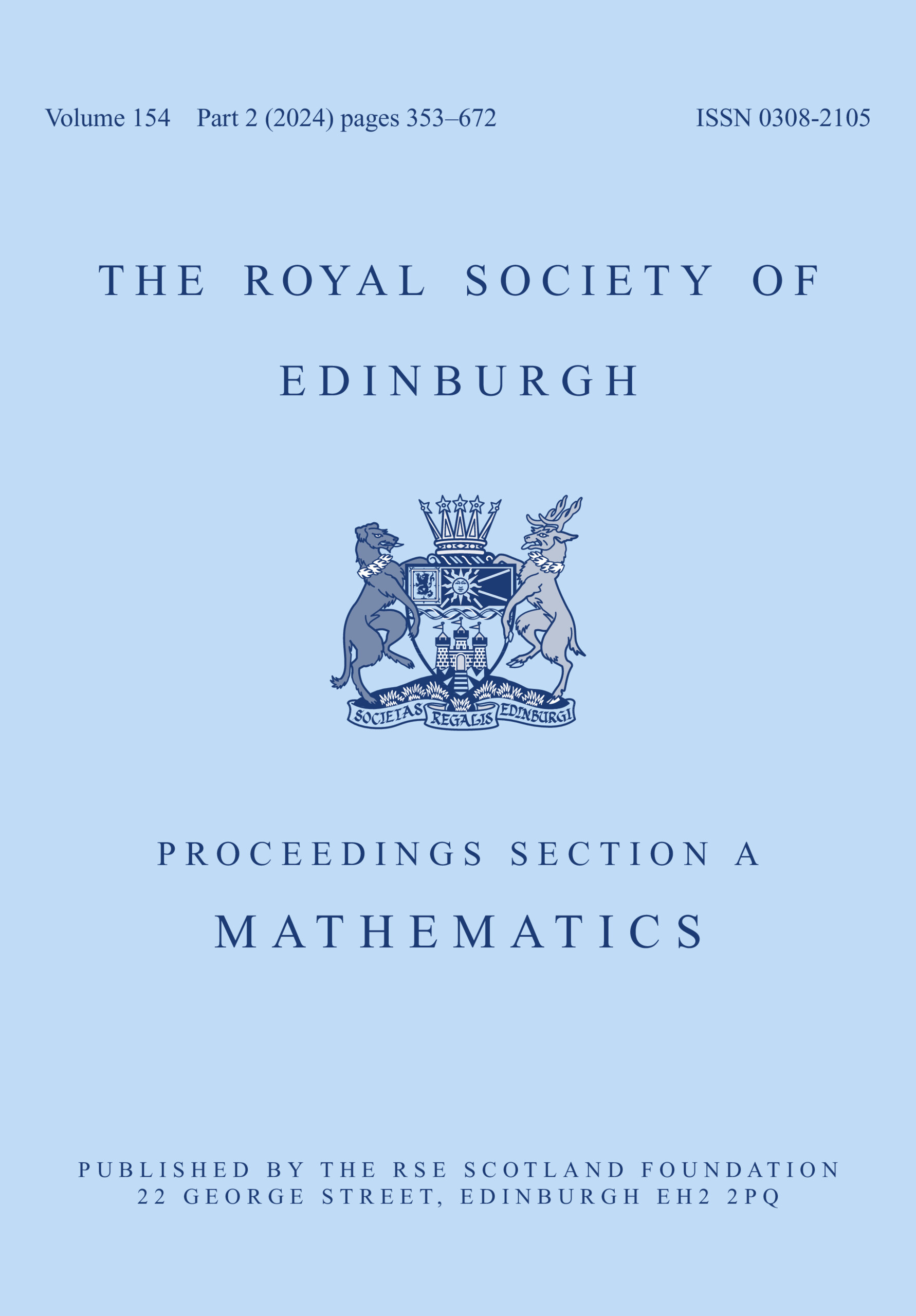No CrossRef data available.
Article contents
Every locally compact group is the outer automorphism group of a II1 factor
Published online by Cambridge University Press: 28 March 2025
Abstract
We prove that every locally compact second countable group G arises as the outer automorphism group  $\operatorname{Out} M$ of a II1 factor, which was so far only known for totally disconnected groups, compact groups, and a few isolated examples. We obtain this result by proving that every locally compact second countable group is a centralizer group, a class of Polish groups that arise naturally in ergodic theory and that may all be realized as
$\operatorname{Out} M$ of a II1 factor, which was so far only known for totally disconnected groups, compact groups, and a few isolated examples. We obtain this result by proving that every locally compact second countable group is a centralizer group, a class of Polish groups that arise naturally in ergodic theory and that may all be realized as  $\operatorname{Out} M$.
$\operatorname{Out} M$.
Keywords
MSC classification
Primary:
46L36: Classification of factors
- Type
- Research Article
- Information
- Copyright
- © The Author(s), 2025. Published by Cambridge University Press on behalf of The Royal Society of Edinburgh
References
Deprez, S.. Explicit examples of equivalence relations and II1 factors with prescribed fundamental group and outer automorphism group. Trans. Amer. Math. Soc. 367 (2015), 6837–6876.CrossRefGoogle Scholar
Falguières, S. and Vaes, S.. Every compact group arises as the outer automorphism group of a II1 factor. J. Funct. Anal. 254 (2008), 2317–2328.CrossRefGoogle Scholar
Ioana, A., Peterson, J. and Popa, S.. Amalgamated free products of weakly rigid factors and calculation of their symmetry groups. Acta Math. 200 (2008), 85–153.Google Scholar
Janvresse, E., Roy, E. and De La Rue, T.. Dynamical systems of probabilistic origin: Gaussian and Poisson systems, In Ergodic Theory, Encycl. Complex. Syst. Sci., pp. 217–232 (Springer, New York, 2023).Google Scholar
Popa, S. and Vaes, S.. Strong rigidity of generalized Bernoulli actions and computations of their symmetry groups. Adv. Math. 217 (2008), 833–872.Google Scholar
Popa, S. and Vaes, S.. W $^*$-rigidity paradigms for embeddings of II1 factors. Commun. Math. Phys. 395 (2022), 907–961.Google Scholar
$^*$-rigidity paradigms for embeddings of II1 factors. Commun. Math. Phys. 395 (2022), 907–961.Google Scholar
Roy, E.. Poisson suspensions and infinite ergodic theory. Ergodic Theory Dynam. Systems 29 (2009), 667–683.CrossRefGoogle Scholar
Sutherland, C. E.. A Borel parametrization of Polish groups. Publ. Res. Inst. Math. Sci. 21 (1985), 1067–1086.Google Scholar
Vaes, S.. Explicit computations of all finite index bimodules for a family of II1 factors. Ann. Sci. éc. Norm. Supér. 41 (2008), 743–788.Google Scholar
Vaes, S. Wouters, L.. Borel fields and measured fields of Polish spaces, Banach spaces, von Neumann algebras and C $^*$-algebras. Preprint. arXiv:2405.16603.Google Scholar
$^*$-algebras. Preprint. arXiv:2405.16603.Google Scholar
Zimmer, R. J.. Ergodic theory and semisimple groups, Monogr. Math., Vol. 81 (Birkhäuser Verlag, Basel, 1984).Google Scholar



